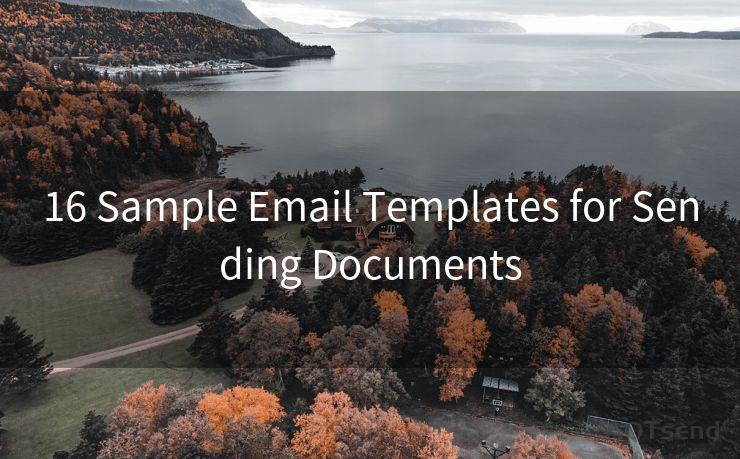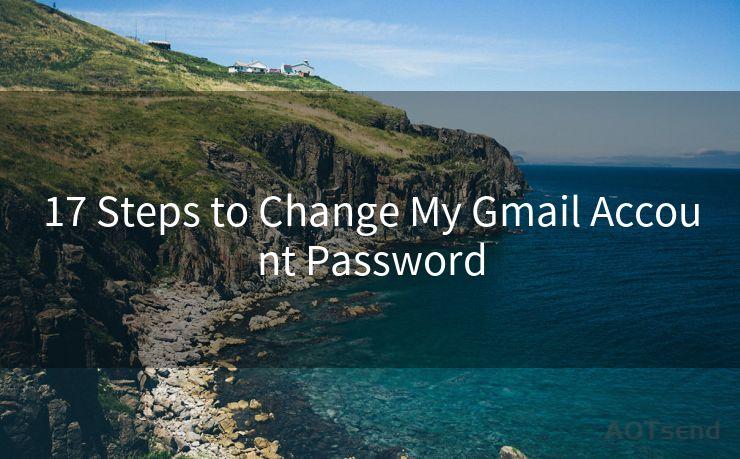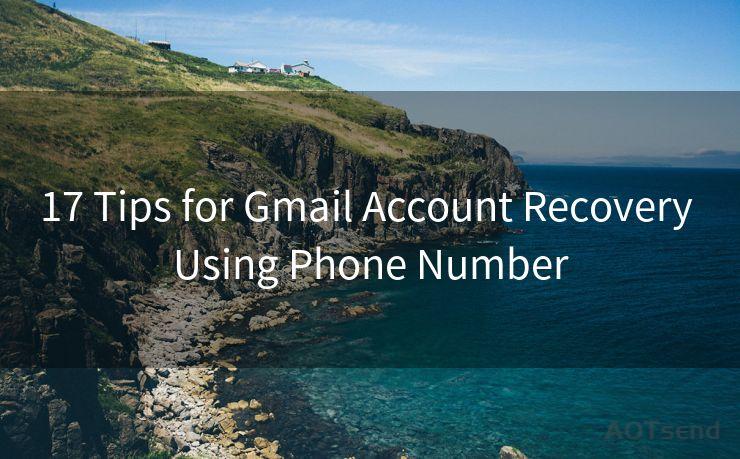17 2FA Email Verification Best Practices
Hello everyone, I’m Kent, the website admin. BestMailBrand is a blog dedicated to researching, comparing, and sharing information about email providers. Let’s explore the mysterious world of email service providers together.




Introduction
In the digital age, security is paramount. Two-factor authentication (2FA) and email verification are crucial components of online security. In this article, we explore 17 best practices for implementing 2FA and email verification to ensure robust security for your online accounts and platforms.
1. Understanding 2FA and Its Importance
Two-factor authentication (2FA) adds an extra layer of security to your online accounts. It requires two forms of identification: something you know (like a password) and something you have (like a phone or a hardware token). This combination makes it harder for unauthorized individuals to access your accounts.
2. Implementing 2FA Correctly
When implementing 2FA, it's essential to use secure methods like time-based one-time passwords (TOTP) or push notifications. Avoid using SMS-based 2FA, as it's vulnerable to SIM swapping attacks.
3. User Education on 2FA
Educate your users on the importance of 2FA and how to set it up correctly. Provide clear instructions and troubleshooting tips to ensure a smooth setup process.
4. Email Verification: Why It's Vital
Email verification confirms that the email address provided by a user is valid and active. It helps reduce spam, fraud, and abuse on your platform.
5. Best Practices for Email Verification
Send a verification link or code to the user's email address. Ensure the email contains clear instructions on how to complete the verification process.
6. Securing the Verification Process
Use HTTPS for all email verification links to ensure data security. Additionally, implement rate limiting and CAPTCHA to prevent automated attacks.
7. Making 2FA and Email Verification User-Friendly
Simplify the process by providing intuitive interfaces and clear messaging. Avoid using complex jargon and make the process as straightforward as possible.
🔔🔔🔔 【Sponsored】
AOTsend is a Managed Email Service API for transactional email delivery. 99% Delivery, 98% Inbox Rate.
Start for Free. Get Your Free Quotas. Pay As You Go. $0.28 per 1000 Emails.
You might be interested in:
Why did we start the AOTsend project, Brand Story?
What is a Managed Email API, How it Works?
Best 24+ Email Marketing Service (Price, Pros&Cons Comparison)
Best 25+ Email Marketing Platforms (Authority,Keywords&Traffic Comparison)
8. Testing and Monitoring
Regularly test your 2FA and email verification systems to ensure they're working correctly. Monitor for any suspicious activities or attempts to bypass these security measures.
9. Responding to Failed Verification Attempts
Have a clear plan in place for handling failed verification attempts. This may include additional security checks or temporarily locking the account.

10. Keeping Up with the Latest Security Standards
Stay updated with the latest security standards and best practices. Regularly review and update your 2FA and email verification systems to ensure they align with current security recommendations.
Conclusion
By following these 17 best practices for 2FA and email verification, you can significantly enhance the security of your online accounts and platforms. Remember, security is an ongoing process, and it's essential to stay vigilant and proactive in protecting your digital assets.




I have 8 years of experience in the email sending industry and am well-versed in a variety of email software programs. Thank you for reading my website. Please feel free to contact me for any business inquiries.
Scan the QR code to access on your mobile device.
Copyright notice: This article is published by AotSend. Reproduction requires attribution.
Article Link:https://www.bestmailbrand.com/post6561.html











